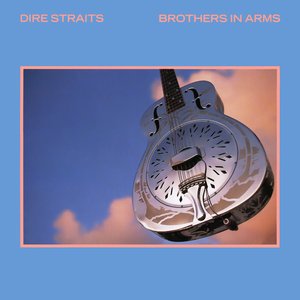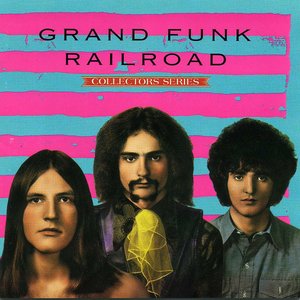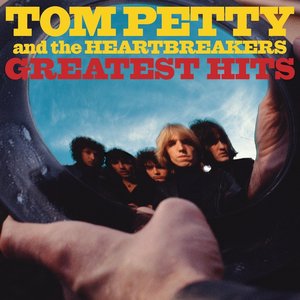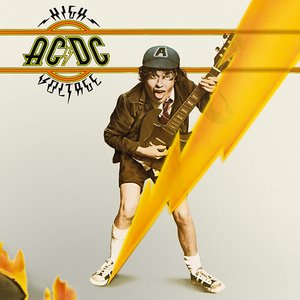Wiki
-
Length
4:33
"Legs" is a song by ZZ Top from their 1983 album Eliminator. The song was released as the fourth single in May 1984 more than a year after the album came out. It reached #8 on the Billboard Hot 100 in the United States (their highest-charting single on the pop charts), and the dance mix version of the song peaked at #13 on the dance charts.
A video was made for "Legs", depicting a timid young female store clerk who is given confidence by a trio of sexy women, with the band mysteriously appearing and disappearing. "Legs" was the third installment of a trilogy of similarly themed videos shot by Tim Newman for Eliminator, and it won the MTV Video Music Award for Best Group. The video was placed into heavy rotation on MTV, which helped to lift the single high on the charts.
Like other songs on Eliminator, the musical style of "Legs" shows the band's new interest in electronic music elements, driven by singer-guitarist Billy Gibbons who was pushing to incorporate new wave and synth-pop styles. Pre-production engineer Linden Hudson established the song's pulsing synthesizer line during rehearsals. "Legs" contains electric guitar and vocals from Gibbons, but the bass guitar of Dusty Hill and drums of Frank Beard were replaced in the final mix by engineer Terry Manning who played keyboard bass and drum machine to achieve the style sought by Gibbons.
On the inspiration for the song, Billy Gibbons said, "We were driving in a rainstorm to the studio back in Texas when we spotted a woman who was getting drenched and wanted us to pull over to provide a ride. We circled back and—boom—she was gone. She had legs and knew how to use ’em!"
The band ZZ Top developed the song "Legs" at the home of drummer Frank Beard on the outskirts of Houston, Texas, in the band's rehearsal studio. The studio held recording equipment installed and operated by live-in engineer Linden Hudson. To give the song a sense of propulsion, Hudson created an unusual synthesizer sound by routing the synth's audio signal through a noise gate that was triggered externally by continual sixteenth-note hi-hat samples from a drum machine. As a result, the synthesizer chords pulsed to a sixteenth-note beat at a tempo of 125 beats per minute. Gibbons played a Dean ML guitar for both rhythm and lead parts, and sang the lead vocal part. Beard played drums, and Dusty Hill played bass guitar. Gibbons, Beard and Hill were credited on the album as songwriters.
The band recorded the Eliminator album professionally at Ardent Studios in Memphis, Tennessee, under the guidance of band manager Bill Ham and longtime band recording engineer Terry Manning. Manning phoned Hudson to ask how he had generated the pulsing synth effect. The whole band recorded their parts at Ardent, then Beard and Hill returned home to Texas.
Track descriptions on Last.fm are editable by everyone. Feel free to contribute!
All user-contributed text on this page is available under the Creative Commons Attribution-ShareAlike License; additional terms may apply.

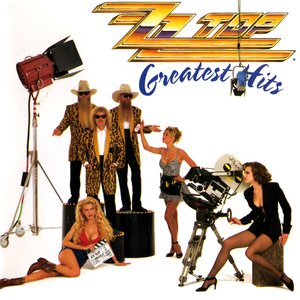
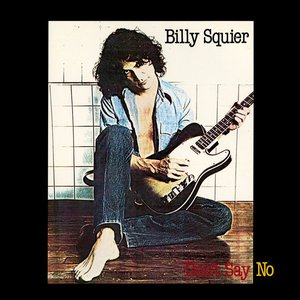
![4 [Expanded]](https://lastfm.freetls.fastly.net/i/u/300x300/06434626c857458b85737125b8d79067.jpg)
![Double Vision [Expanded]](https://lastfm.freetls.fastly.net/i/u/300x300/7eaa3143ef4548b0c816692dba25c9f5.jpg)
